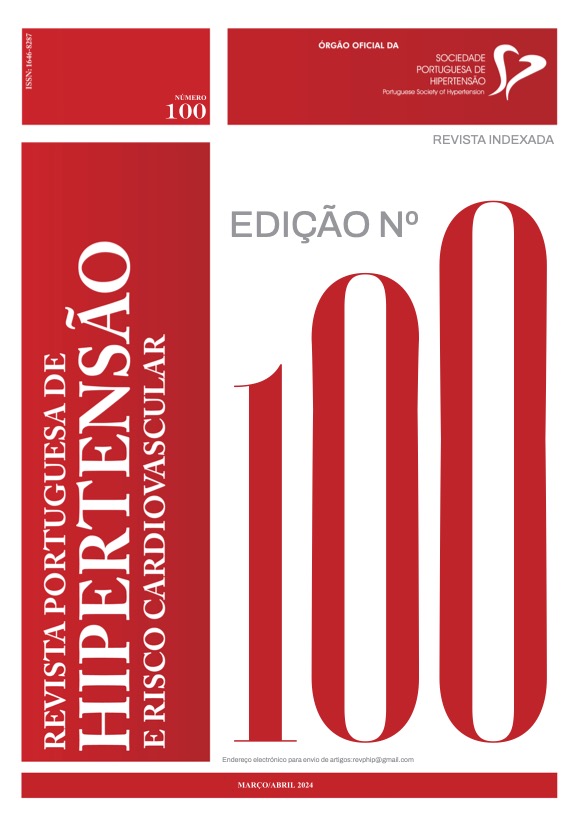DIAGNOSTIC APPROACH TO ARTERIAL HYPERTENSION OF SUSPECTED SECONDARY CAUSE IN PRIMARY HEALTH CARE - A GUIDE TO THE INITIAL APPROACH
DOI:
https://doi.org/10.58043/rphrc.122Keywords:
secondary hypertension, primary health care, resistant hypertension, cardiovascular riskAbstract
Secondary Arterial Hypertension (AHT) is responsible for 5 to 10% of all cases of AHT and presents increased morbimortality when compared to primary AHT. Secondary AHT stems from a diverse group of medical conditions, which are potentially reversible, or even curable, through specific management approaches. The potential to effectively reverse this group of diseases and, by consequence, the associated AHT accounts for the need to promptly diagnose these forms of secondary AHT. Primary care (PC) physicians are generally the first line of medical care to the population and have a fundamental role in early diagnosis of secondary AHT, as well as in patient referral to hospital specialized consultation, if appropriate. In this series of articles, we propose a practical and simplified (but not, by any means, simplistic) approach to the diagnosis of AHT with suspected secondary etiology, within the primary health care setting. With this group of articles, we aim to provide to PC physicians a diagnosis guide to support the approach to patients with suspected secondary AHT, a clinical challenge that must be based on a constant cooperation between PC and hospital teams dedicated to study this clinical entity.Downloads
References
Williams B, Mancia G, Spiering W, Agabiti Rosei E, Azizi M, Burnier M et al. 2018 ESC/ESH Guidelines for the management of arterial hypertension. Eur Heart J 2018; 39: 3021–3104.
Dinis PG, Cachulo MC, Fernandes A, Paiva L, Gonçalves L. Secondary Arterial Hypertension: Uncertainties in Diagnosis. Acta Médica Port 2017; 30: 493–496.
Polonia J, Martins L, Pinto F, Nazare J. Prevalence, awareness, treatment and control of hypertension and salt intake in Portugal: changes over a decade. The PHYSA study. J Hypertens 2014; 32: 1211–1221.
Carey RM, Calhoun DA, Bakris GL, Brook RD, Daugherty SL, Dennison-Himmelfarb CR et al. Resistant Hypertension: Detection, Evaluation, and Management: A Scientific Statement From the American Heart Association. Hypertens Dallas Tex 1979 2018; 72: e53–e90.
Calhoun DA, Jones D, Textor S, Goff DC, Murphy TP, Toto RD et al. Resistant hypertension: diagnosis, evaluation, and treatment: a scientific statement from the American Heart Association Professional Education Committee of the Council for High Blood Pressure Research. Circulation 2008; 117: e510-526.
Textor SC, Lerman L. Renovascular hypertension and ischemic nephropathy. Am J Hypertens 2010; 23: 1159–1169.
Seabra FL et al. Guia do Internista na Consulta Externa, Edição 2019. Sociedade Portuguesa de Medicina Interna 2019.
Downloads
Published
How to Cite
Issue
Section
License
Copyright (c) 2024 António Mateus-Pinheiro, Ana Carreira, Rita Silva, Vítor Coutinho-Teixeira, Rogério Ferreira

This work is licensed under a Creative Commons Attribution 4.0 International License.




